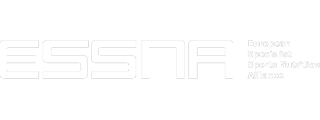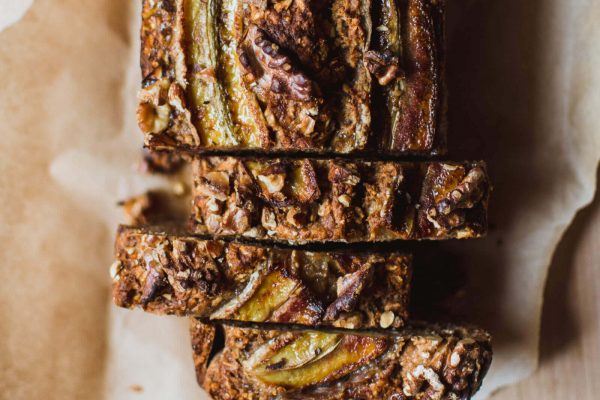The use of Carbohydrates (CHO) in both the clinical and sporting setting is one of the most hotly talked about macronutrients. Without a doubt, consuming a high CHO diet improves both muscle and liver glycogen stores, therefore improving performance capacity when compared to low muscle and liver glycogen stores*. This is fine for an athlete looking to improve performance capacity, but the issue we are facing in today’s society is that the general population are also consuming high CHO diets. Without the energy expenditure of elite athletes and among other daily habits, consuming a high CHO for the general UK adult sees a population in the current obesity crisis that we have at the moment.
Context and Intensity
A very important thing to remember is context. Of course there are times when we need high CHO diets, but there are also many times when we don’t. I think this links nicely into the effect that exercise intensity has on the dominant fuel source used during exercise. For example, when going from walking to running, the intensity of exercise obviously shifts from low to moderate/high intensity and subsequently this sees a shift from predominantly fat oxidation to CHO oxidation fuel utilisations*.
A brilliant example of high intensity fuel requirements are marathon runners. These athletes run above speeds of 20 km/h (modern gym treadmills only go up to 20 km/h) for the duration of 2-2.5 hour marathon times which is easily above 80% VO2max. The dominant fuel source here is CHO as there is no way that lipid metabolism can fuel such a high rate of ATP production.
In the context of the above example, depletion of muscle glycogen will contribute to the onset of fatigue and so ingestion of carbohydrate-electrolyte based solutions can help prolong performance capacity.The Nutrition X Energel+ is a brilliant product as it contains key electrolytes to try and reduce cramps due to dehydration but also contains 25g of CHO to help reduce depletion of glycogen stores.
Carbohydrates – more than just a macronutrient
Currently, a lot of interest surrounds the concept of training low and competing high involving manipulation of CHO to maximise performance. The rationale for this is that some of the cell signaling pathways that help the body adapt following exercise seem to be more switched on and more activated when you restrict CHO. Training low can be achieved by an overnight fast, whereby you commence the morning exercise without consuming any CHO or by training twice a day with the second session commenced with no feeding of CHO following the first session.
With this in mind, CHO can be seen as more than just a food source but almost a training regulator whereby it has a role as fuel for performance but also a role for signaling. Therefore commencing training sessions in the face of low CHO stores would see a greater molecular adaptation than when commencing with high CHO stores. However, when we are competing at high exercise intensities, we require CHO as our petrol for performance. Therefore, the idea of training low and competing high really has its benefits for certain activities and again brings me back to the idea of context.
Manipulating body composition without losing muscle mass?
Training low also has its benefits for fat oxidation and as such can be key for anyone trying to manipulate his or her body composition. We know that exercise intensity can affect the fuel source we utilise for performance and literature shows that 63% VO2max appears to be the intensity that elicits maximal rates of fat oxidation in trained subjects.
However, to reduce the loss of muscle mass due to training in low CHO state, you should always consume protein before exercise. A brilliant product is the Nutrition X Big Whey which contains 24.48g of Protein per serving. But remember, protein doesn’t always have to come from supplements.
James Morehen
Nutrition X Sports Scientist & Widnes Vikings Performance Nutritionist
Twitter: @james_morehen
Contact us for scientific references







